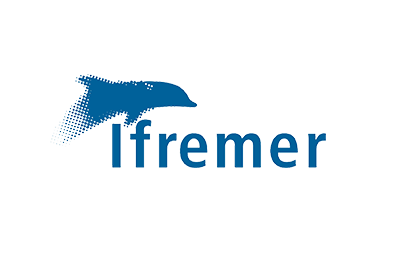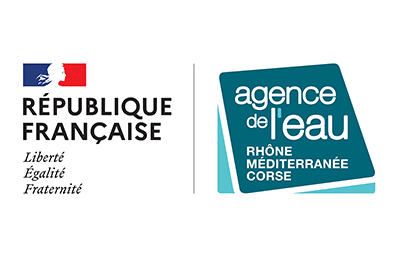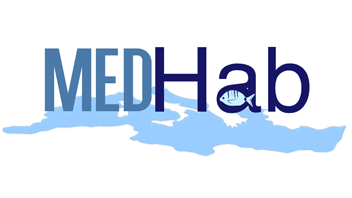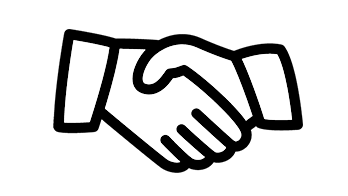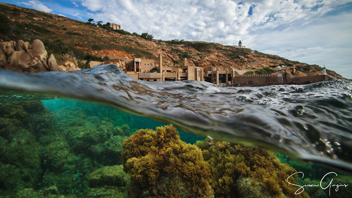
OBSERVATORY OF MEDITERRANEAN LAGOONS
Lagoons are ecosystems particularly vulnerable to physical alterations and pollution. The stakes for the restoration of these ecosystems are high, especially in a context of climate change. The Rhone Mediterranean Corsica Water Agency (AERMC) and Ifremer have been making a special effort for more than 20 years to better understand these interface ecosystems, to understand their functioning and to follow their evolution. The monitoring systems are essential to highlight the restoration trajectories and enhance the efforts made to improve the quality of these environments.
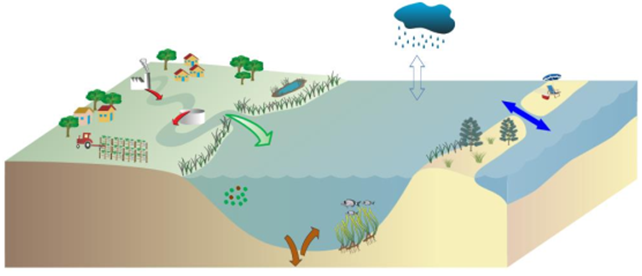
The OBSLAG (OBServatoire des LAGunes) project concerns the monitoring of ten poly-euhaline lagoon water bodies representative of the Rhône Méditerranée and Corsica basins. It is a monitoring, complementary to the networks strictly related to the Water Framework Directive (WFD), focused on pressures. It is composed of two parts :
(1) a ‘Pesticides’ component
(2) a ‘Eutrophication’ component.
➔ These ten water bodies were chosen in order to be able to address in depth the link between pressures and status, as they all have watercourses instrumented by the AERMC (flows, nutrients, pesticides…), within the framework of the “Flow” network. The points monitored are the usual WFD points on these water bodies, sometimes used for other networks.
• The ‘Pesticides’ component allows the monitoring of the pesticides present in order to specify the WFD status with regard to the risk (individual and/or joint) that they cause for these ecosystems. More specifically, the similarities or differences between lagoons, and the seasonal and interannual evolution of the pesticide risk will be discussed with regard to the specificities of each lagoon, and the meteorological specificities encountered. The identification of substances that are not currently part of the priority substances, but that can be considered as real “drivers” of pesticide risk in lagoons, will also be discussed.
• The ‘Eutrophication’ component allows (1) to increase the frequency of WFD monitoring of the water column and phytoplankton, which have only been carried out every other summer since 2015 ; (2) to apply indicators that are more sensitive than the WFD indicators, highlighting, over the evaluation periods, the evolution trends and variability of the state of phytoplankton and the water column, the most reactive compartments of lagoon ecosystems.

The “eutrophication” and “pesticides” data of the OBSLAG project are in the form of different map layers. You can visualize the physico-chemical state of the water column, the state of phytoplankton and the pesticide risk assessment, directly on the platform, by clicking on the button “Access to maps“, just below.
Contacts : Anaïs Giraud (anais.giraud@eaurmc.fr) / Dominique Munaron (dominique.munaron@ifremer.fr) / Valérie Derolez (Valerie.Derolez@ifremer.fr)
Project leader : AERMC – https://www.eaurmc.fr ; Ifremer – https://wwz.ifremer.fr
Update frequency :Every other year
Partners : Agence de l’eau Rhône Méditerranée et Corse
Study reports
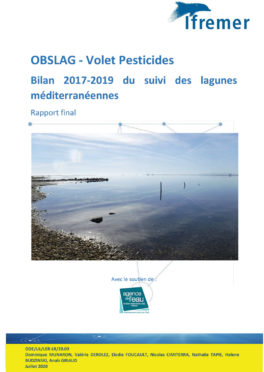
• Eutrophication component (2018)
• Eutrophication component (2020)
• Pesticides Component (2020/2021)
[2021] MET Poly-Euhalines : Corse, Rhône & côtiers méditerranéens / MET Oligo-Mésohaline : Rhône & côtiers méditerranéens
